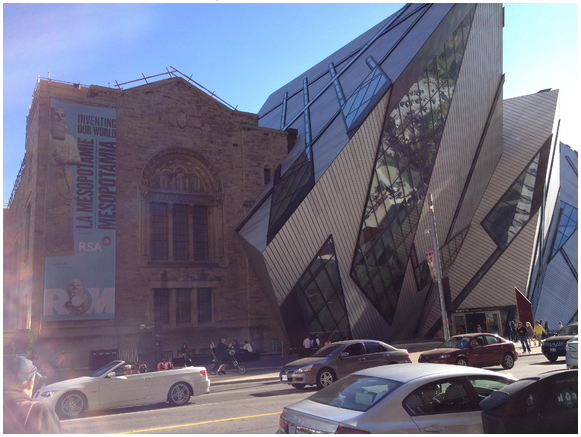by Cira Louise Brown
Over the past few months, I have been working to develop an exhibition catalog from an exhibit currently on display. The exhibition explores the topic of time from various cultural, scientific and mechanical standpoints, and uses artifacts from a variety of institutions and collections. I find the show to be very successful in its ambitions, and the content has even been integrated into a college class. Given that it’s a temporary exhibition, lasting less than a year, there was a need to preserve the content in the form of a catalog, in both eBook and iBook formats. I was tasks with laying out the book, using the existing style of exhibition.
As with so many design projects such as these, the task seemed straightforward enough. The exhibit content was done, photography of the objects was mostly completed, and the design standards had already been decided upon. Yet translating an exhibit into a book remains a tricky task.
So, in my brief foray into exhibition catalogs, here’s a little list of what I’ve learned. Continue reading
